Imagine it is 1987. The internet and MRIs are not yet ubiquitous. There are no smartphones or GPS devices. No photovoltaic solar energy or electric cars. No map of the human genome. If life has changed that dramatically in the last 30 years, what lies ahead in the next 30?
Humanity faces unprecedented challenges, and the world needs new solutions. At Berkeley, we’re asking ourselves a simple question: What can we change in a single generation?
Can we provide clean water and healthy food to everyone? Can we stop cancer and Alzheimer’s from cutting so many lives short? Can we eliminate the income gap? Following are nine stories about Berkeley research related to the body, earth, and society that may radically improve life for all #InThisGen.
Share your story
If you could change one thing for the future, what would it be? Share your stories, images, and videos on social media using #InThisGen. You can also visit berkeley.edu/inthisgen to find out more.
Can a simple blood draw yield clues to cancer?
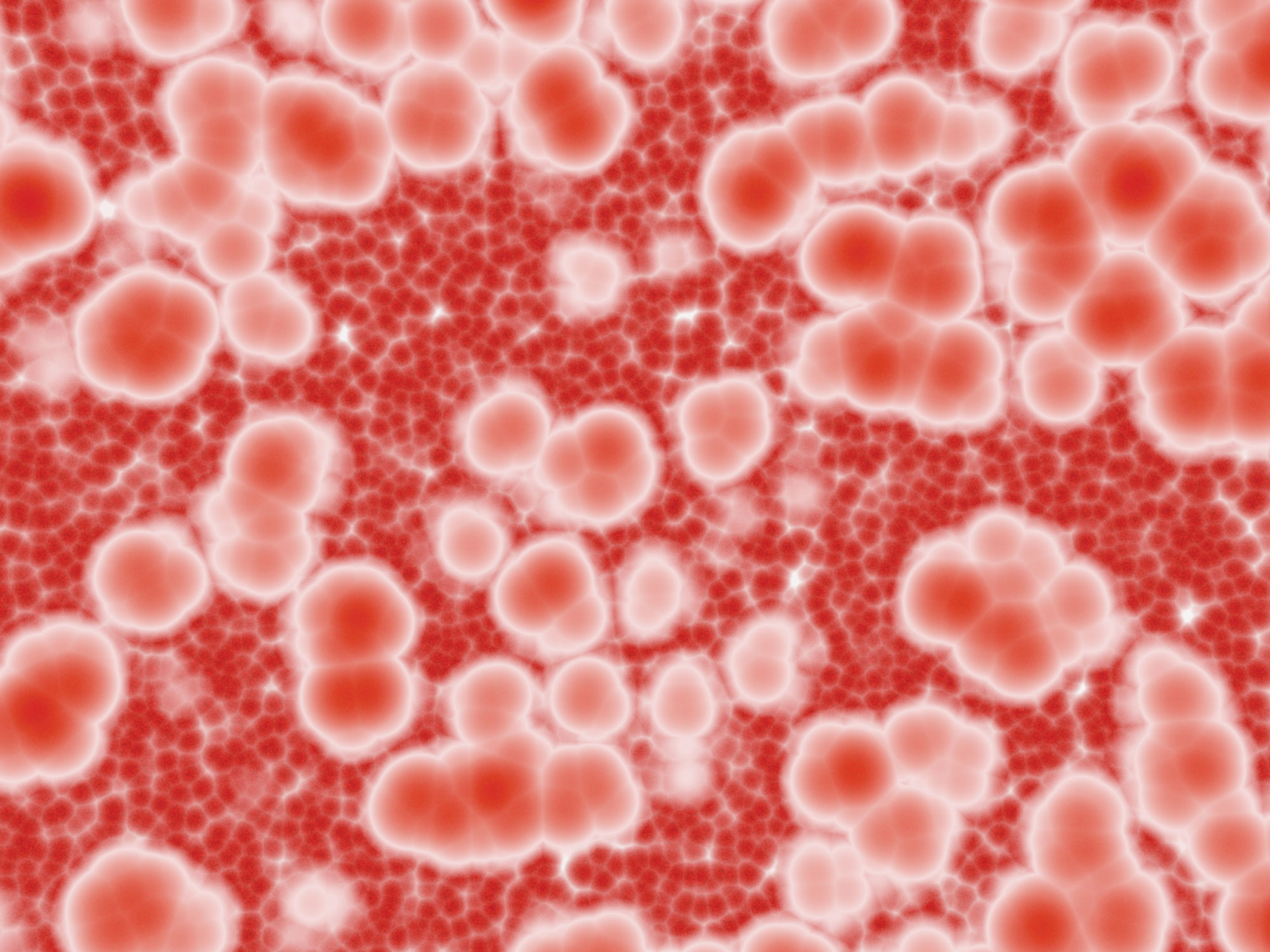
Blood cells. Photo: Raycat
A new study has taken an important step toward helping patients monitor their response to cancer therapy just by having their blood drawn.
Berkeley researchers isolated rare tumor cells from the blood of breast cancer patients, then designed a device that can identify eight cancer protein biomarkers. This technology could eventually allow pathologists to pinpoint cancer cells more precisely than is currently possible.
Liquid biopsies have led to tremendous advances in analyzing the genetic blueprint and functions of cells. “We extend those advances to highly selective measurement of proteins — the ‘molecular machines’ of the cell,” says bioengineering professor Amy Herr and leader of the team, composed of researchers, physician-scientists, and industry engineers.
Circulating tumor cells are thought to break off from the original tumor and may indicate an aggressive tumor. But they are rare and difficult to study. To unlock their secrets, Herr’s team developed a microfluidics system in which each cell is isolated, burst open, and its proteins separated according to size or mass. Fluorescent probes then lit up specific protein targets. This enhanced selectivity will be crucial to detecting biomarker modifications that can be hard to measure, Herr says.
The microfluidic design “allowed us to do every single measurement step very, very quickly,” she says, before the cell’s proteins dissipated and became undetectable.
Is the earlier diagnosis of Alzheimer’s within reach?
Until recently, doctors typically relied on a range of tools, including cognitive tests to monitor everyday activities and family interviews, to diagnose Alzheimer’s disease. But the only way to confirm it was via an autopsy, when the spread of two proteins, 𝛽-amyloid and tau, could be observed in the brain.
For the first time, research published last year shows that brain scans can track the progression of Alzheimer’s in patients who are not only alive, but who have no signs of cognitive impairment. “This opens the door to using PET scans to select people for therapeutic trials at very early stages of asymptomatic disease,” says Dr. William Jagust, a professor of public health and neuroscience and principal investigator of the study.

Photo: Cristian Newman
The accumulation of 𝛽-amyloid plaques was long considered the primary culprit of the memory-robbing disease. We now know that as 𝛽-amyloid builds up in the brain, so does tau. This is further related to the disruption of brain function and cognitive decline. The PET scans revealed that tau advanced even in cognitively normal older people with widespread 𝛽-amyloid deposits.
One big question to untangle is how these two proteins work together to push the start button on Alzheimer’s symptoms.
Can we make the world a nicer place?
In his enduring hit “Man in the Mirror,” Michael Jackson gently pleaded: “If you wanna make the world a better place, take a look at yourself and then make a change.”
For the 450,000 people from over 200 countries who have taken “The Science of Happiness,” a free online course created by Berkeley’s Greater Good Science Center (GGSC), practicing gratitude, forgiveness, mindfulness, and other skills is helping them make that change. The intellectually and emotionally rich course combines psychology, neuroscience, evolutionary biology, and weekly happiness practices.
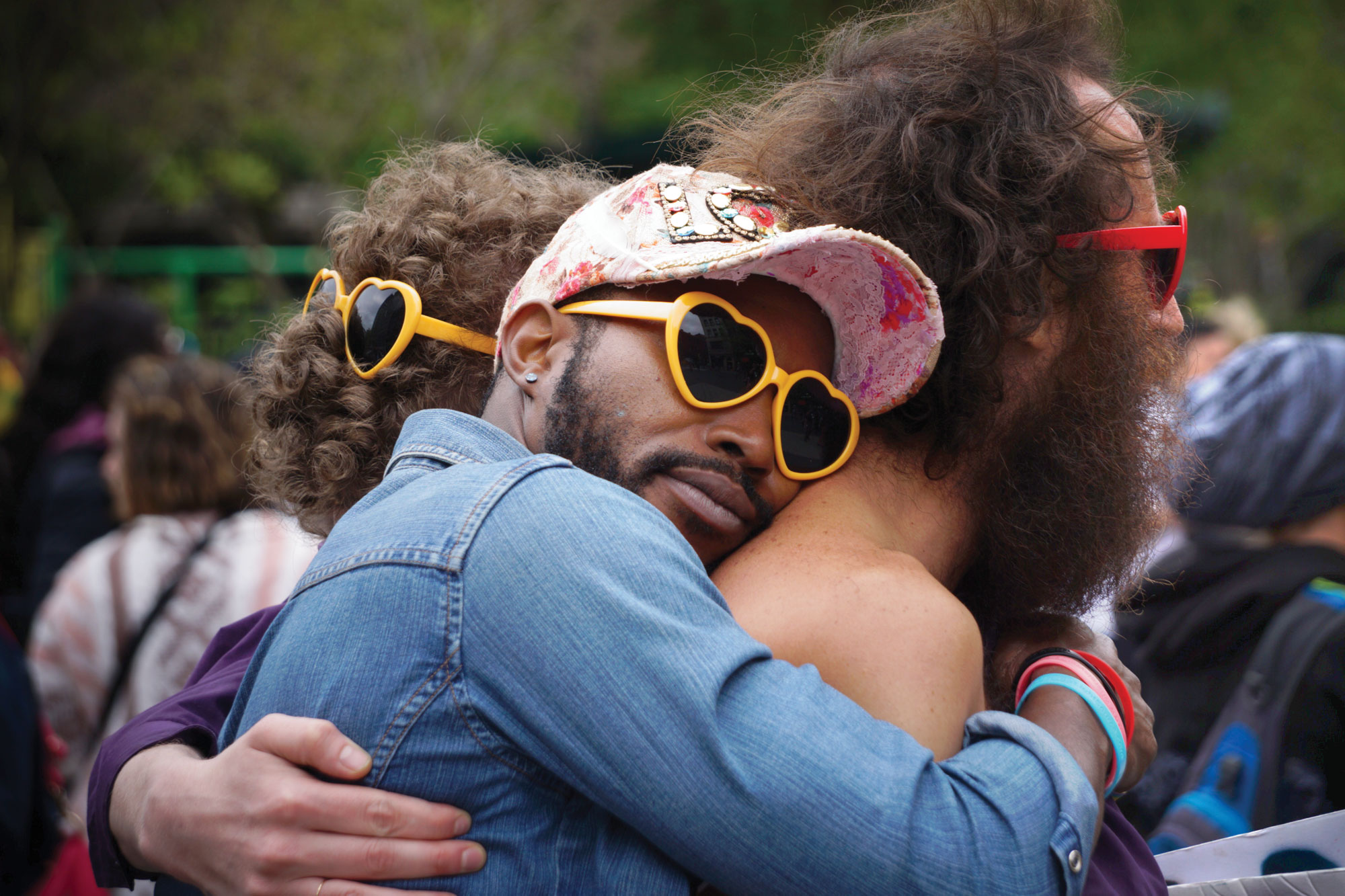
Photo: Dimitar Belchev
While there is no perfect definition of happiness, and no singular way to find it, research suggests that it hinges on a person’s connections, kindness, and contributions to community. Not only is the course succeeding in giving people new tools to handle life’s difficulties, Berkeley scientists are gathering survey data to gauge its impact.
“For every measure we took, the good things, like thriving and compassion, went up, and the bad things, like stress and loneliness, went down,” says Emiliana Simon-Thomas, GGSC’s science director and co-teacher of the course.
While earlier generations may value materialism and power, this class offers a new approach. “But first, you have to actually try the practices,” says Simon-Thomas. Visit greatergood.berkeley.edu to enroll in the course.
Can bees strengthen the link from farm to fork?
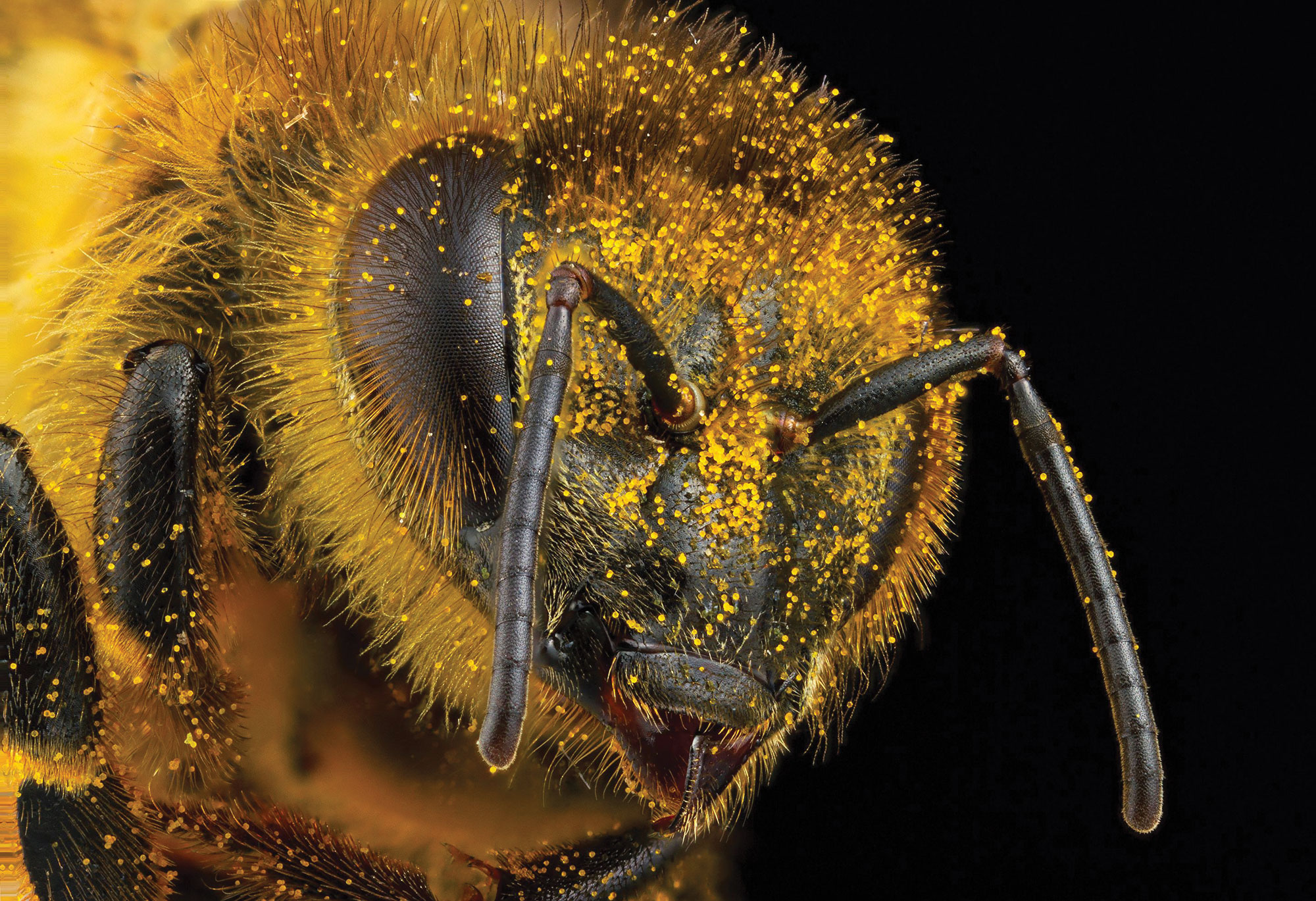
Honeybee. Photo: Alex Wild
Many foods we enjoy — including fruits, nuts, and chocolate — wouldn’t exist without insects, especially bees. In California, about 10 percent of the 1,500 native bee species pollinate crops. But the state’s farmers rely almost entirely on one pollinator, the non- native European honeybee.
That’s because California’s farms tend to be monocultures, vast plantings of the same crop. Monocultures require many pollinators for their brief burst of blooming, forcing farmers to truck hordes of honeybees from far away. They also need more chemicals to fend off pests and disease. All these factors may contribute to colony collapse disorder, which causes worker bees to abandon hives and leads to the death of a colony.
“Relying on honeybees alone creates a brittle system. We have a weak link in the chain from farm to fork,” says Berkeley conservation biologist Claire Kremen.
Native bees could help farmers’ productivity. Studies show that increased visits by such wild pollinators prompt plants to bear more fruit. And simply having them nearby helps honeybees more effectively pollinate California’s almond crop — four-fifths of the world’s supply.
Kremen concludes that farmers could attract more wild pollinators in three ways:
- Combine row crops with fruit/nut orchards and flower gardens
- Plant crops close to natural habitat
- Reduce pesticide use
Do microbes matter in unknown ways?
No one knows how much life exists on Earth. This fact was underscored recently when Berkeley geomicrobiologist Jillian Banfield doubled the extent of the tree of life by analyzing samples from mines, aquifers, and other places to prospect for microbial genomes. Though it’s clear that the vast majority of living things are microbes, we’re just beginning to discover what they are and what they can do.
“We’re basically sequencing [genomes from] the world’s environments and discovering forms of life that we didn’t even know existed,” says Banfield. “These organisms exist everywhere. They’re all around us.”
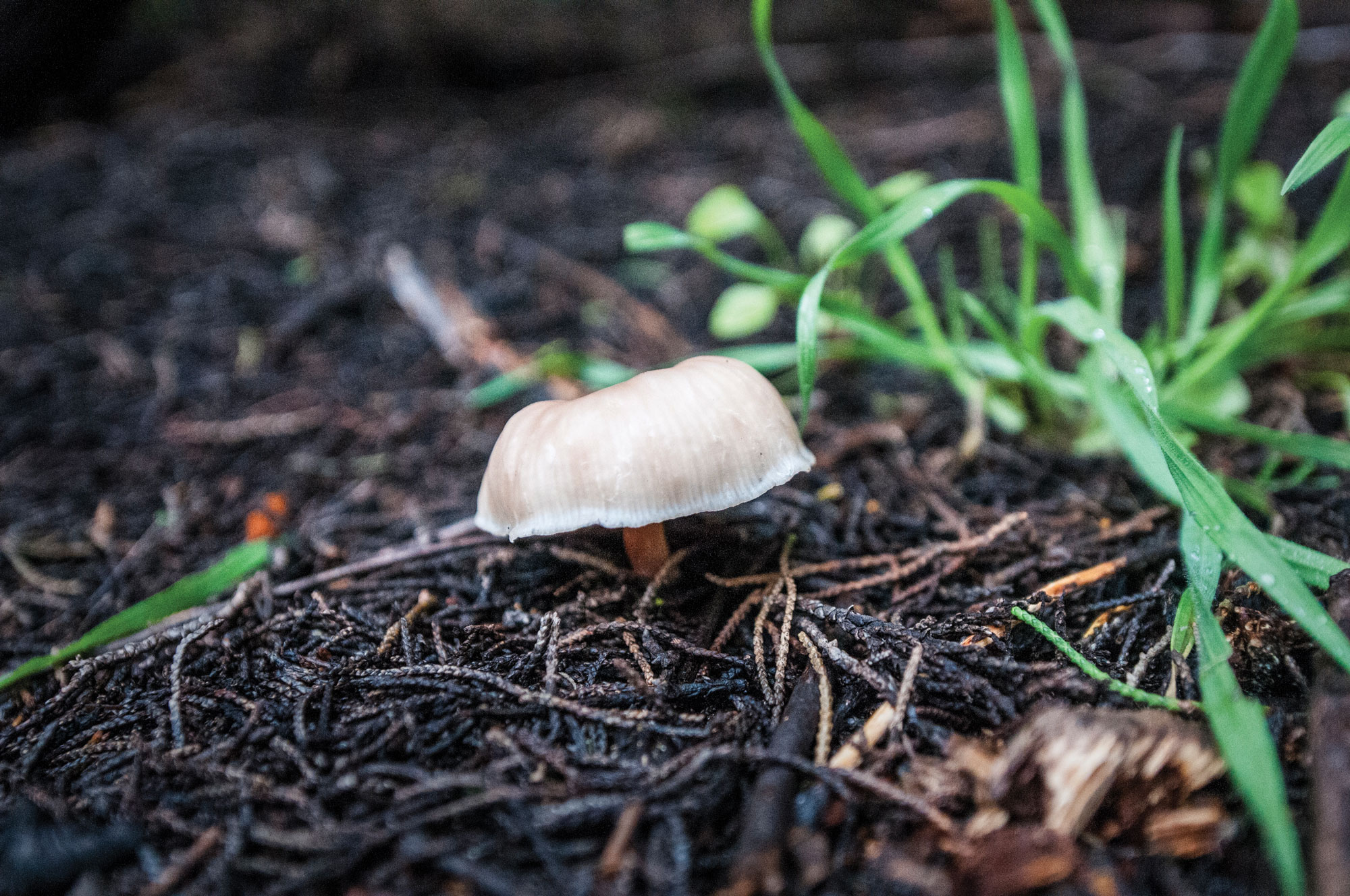
Photo: Keegan Houser
Unlikely to be grown or isolated in labs, this microscopic majority is tough to study. Banfield’s technique, called shotgun metagenomics, sequences DNA from all the organisms in a sample. Advanced bioinformatics methods then permit reconstructing much or all of the genomes for these unknown microbes — a start toward predicting what they do in their environment.
Next Banfield wants to study how microbes’ biology might benefit us. What role do they play in maintaining soil or groundwater? Could some provide new antibiotics to combat drug resistance? Or mitigate emissions of methane, a potent greenhouse gas? There’s a lot to learn.
Can we solve the urban water challenge?
California’s drought is over … for now. But to avoid running dry from future droughts or from rising demand for this limited resource, cities must rethink their water supply. The Golden State built an impressive system to move snowmelt to cities and farms — but the time has come to seek and secure new sources.
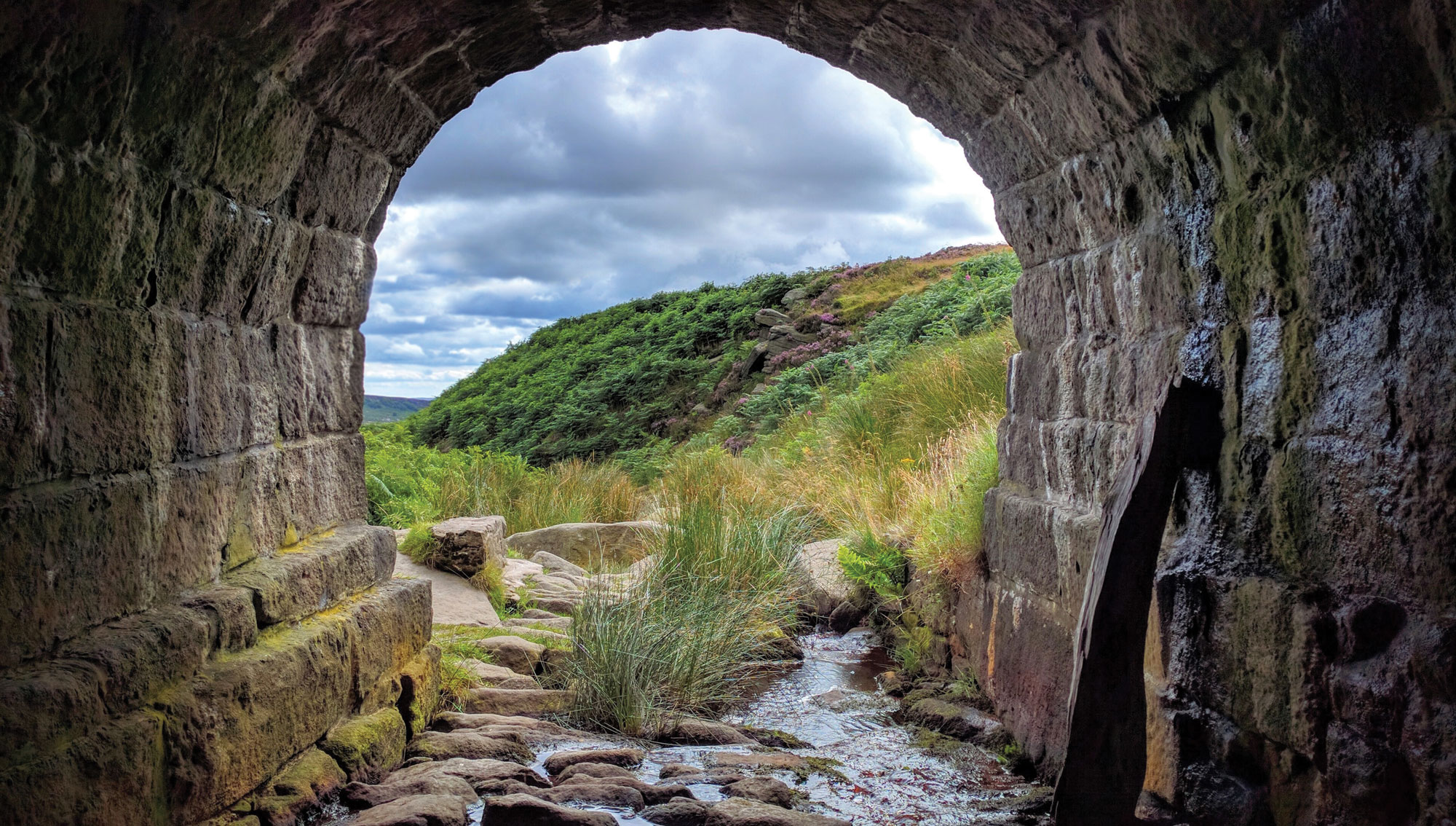
Photo: Eryk Fudala
The current system that we rely upon … is not up to the challenges of the 21st century. It’s up to us to create the next-generation water system,” says David Sedlak, Plato Malozemoff Professor of Engineering and co-director of the Berkeley Water Center.
He believes that rather than transport water from afar, cities should shift toward local options. Recalling an old environmental maxim — Reduce. Reuse. Recycle. — Sedlak’s strategy for meeting the urban water challenge spans from simple to complex:
- Reduce water use indoors (by repairing leaks, replacing wasteful appliances) and outdoors (with smarter landscaping and irrigation)
- Catch more rainfall and let it percolate into aquifers instead of storm drains
- Convert treated sewage effluent into drinking water with advanced technologies
- Tap into seawater, as a last resort, with state-of-the-art desalination plants.
Can technology curb traffic?
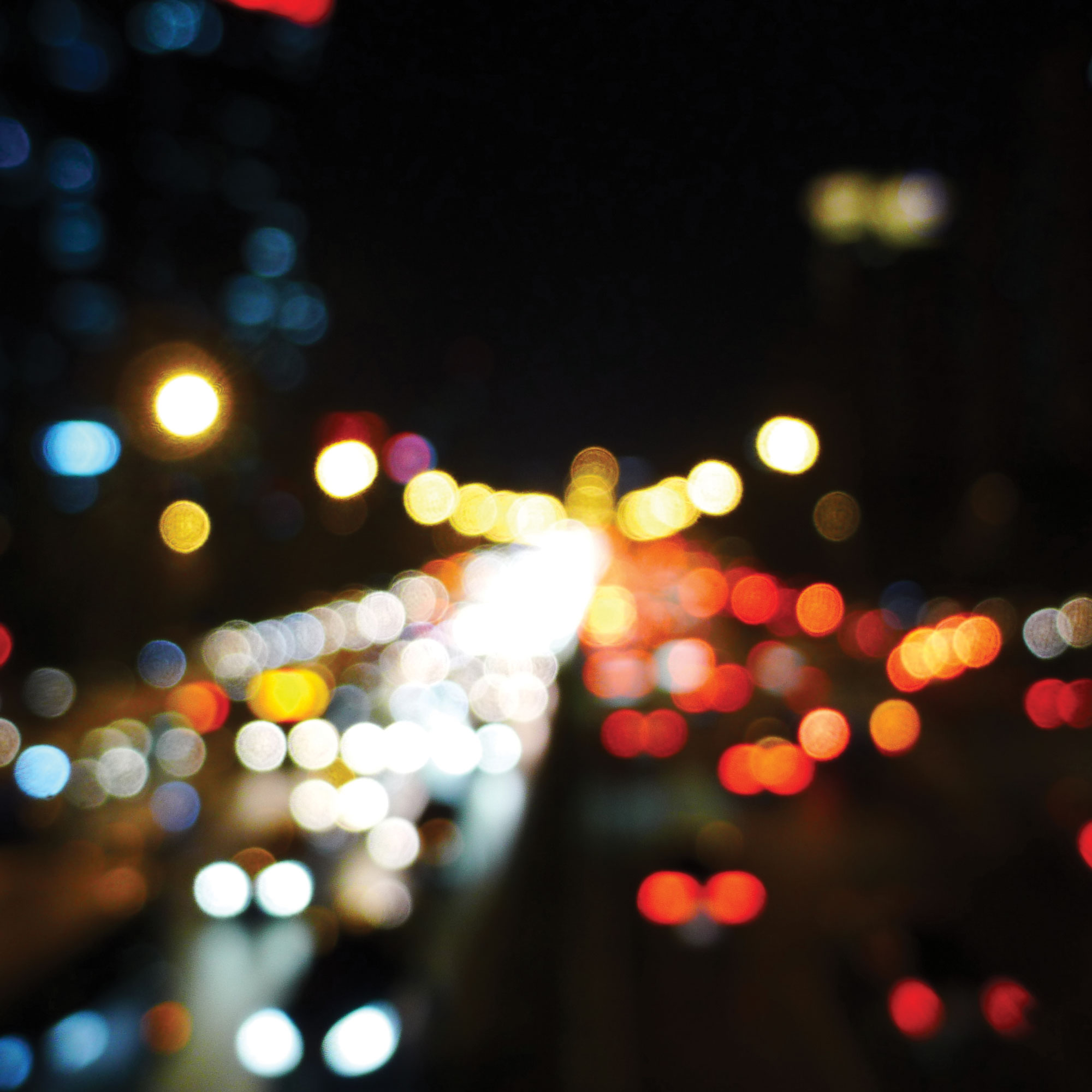
Photo: Alice Wu
It’s Monday morning rush hour in California. En route to your destination, you make all the lights, merge without bottlenecks, and accelerate onto the interstate — at the full speed limit.
This fantasy scenario may soon be a reality throughout some of the state’s most congested traffic corridors, starting with Interstate 210 in Los Angeles.
How? By managing corridors as an integrated system using cloud-based technology, data science, and old-fashioned collaboration. Short of any roadblocks, the drivers behind the initiative, called Connected Corridors, hope to expand this pilot project throughout California over the next 10 years, including San Francisco.
“The traffic model we’re developing is the most expansive in the U.S. today,” says Alexandre Bayen, Liao-Cho Professor of Engineering and director of the Institute of Transportation Studies. “We’re looking at integrating the entire transportation system — including freeways, arterial streets, transit routes, parking, signal lights, and travel demand — to ensure the greatest potential gains in operational performance, reducing travel time, accidents, and congestion.”
Working with the California Department of Transportation (Caltrans) and local agencies, Bayen and fellow collaborators from UC Berkeley’s Partners for Advanced Transportation Technology hope to put the brakes on chronic gridlock starting in 2018.
Can we win the fight for fair wages?
Imagine supporting a family on $2.13 an hour. This is the reality for many of the 12 million people working in America’s restaurant industry.
Under pressure from the National Restaurant Association, Congress passed a law in 1991 that locked anyone considered a “tipped worker” into this poverty-level wage. The rationale? That tips make up the difference. The reality? They don’t.
“Tipped workers, who are 70 percent women, have a poverty rate three times the rest of the workforce,” says Saru Jayaraman, director of UC Berkeley’s Food Labor Research Center and co-founder of the Restaurant Opportunities Centers United. “This must change.”
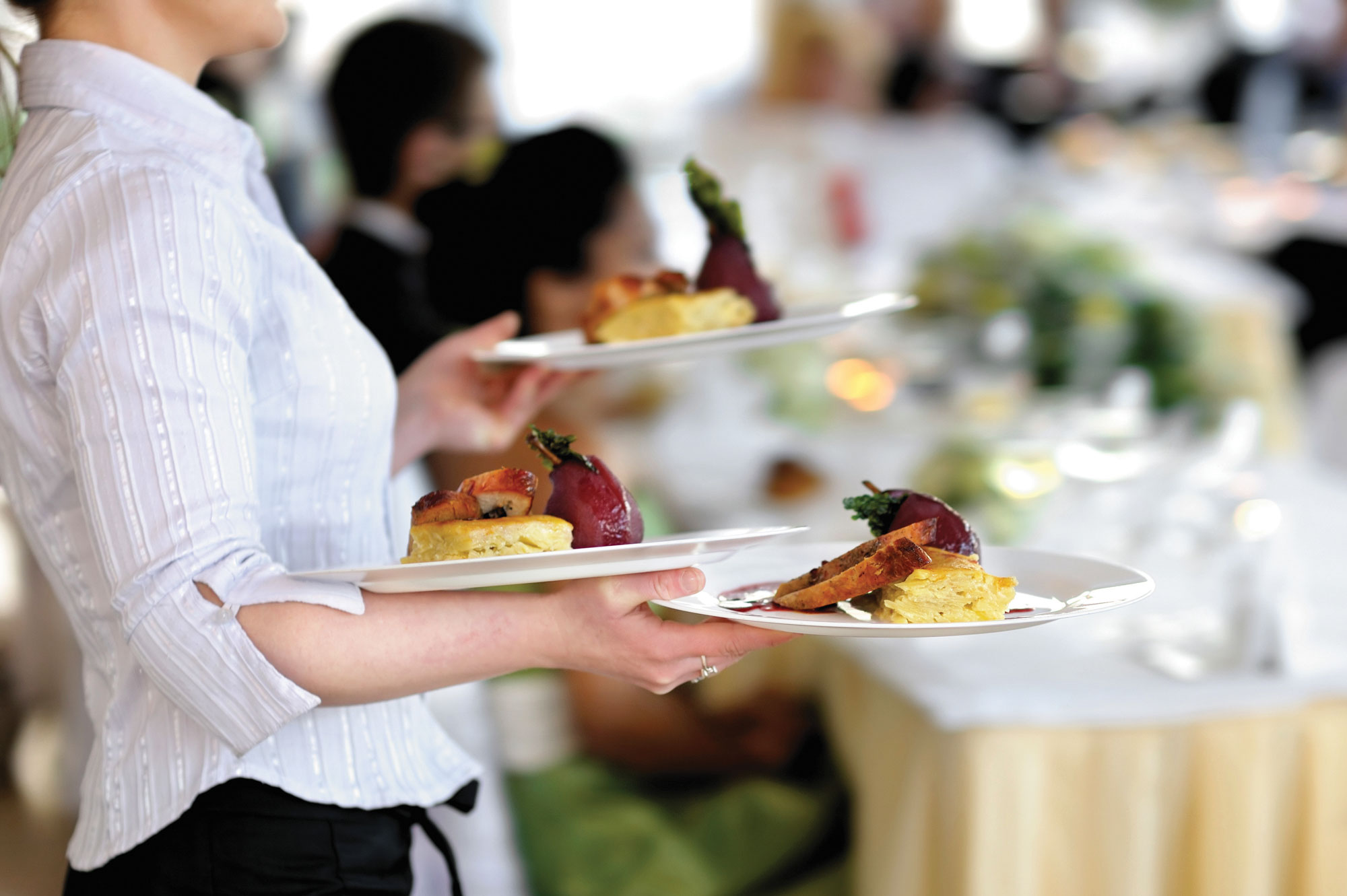
Photo: Maxim Kabb
In 2013, Jayaraman launched the One Fair Wage campaign to raise tipped worker’s hourly pay. Eight states have since eliminated the tipped-wage system, including California, which alone employs over one million affected workers — and business is thriving.
“Restaurants in states with the highest wages are actually faring better than those in low-wage states,” says Jayaraman, whose 2016 book, Forked: A New Standard for American Dining, documents this growing reform.
“In the early days, if I heard Jayaraman was coming, I ran the other direction,” says Danny Meyer, a prominent New York restauranteur who supports One Fair Wage. “You cannot be in the restaurant industry and not have Jayaraman on your radar.”
Can we rethink cities for a cleaner environment?
During World War II, urban residents across America transformed neighborhoods into shared “victory gardens” to help fight food shortages. An ambitious new pilot program in Oakland hopes to tap that same community spirit to help combat climate change.
Led by Berkeley professors Daniel Kammen and Harrison Fraker, the Oakland EcoBlock project brings together partners from multiple sectors to revolutionize how we rebuild cities for a cleaner future.
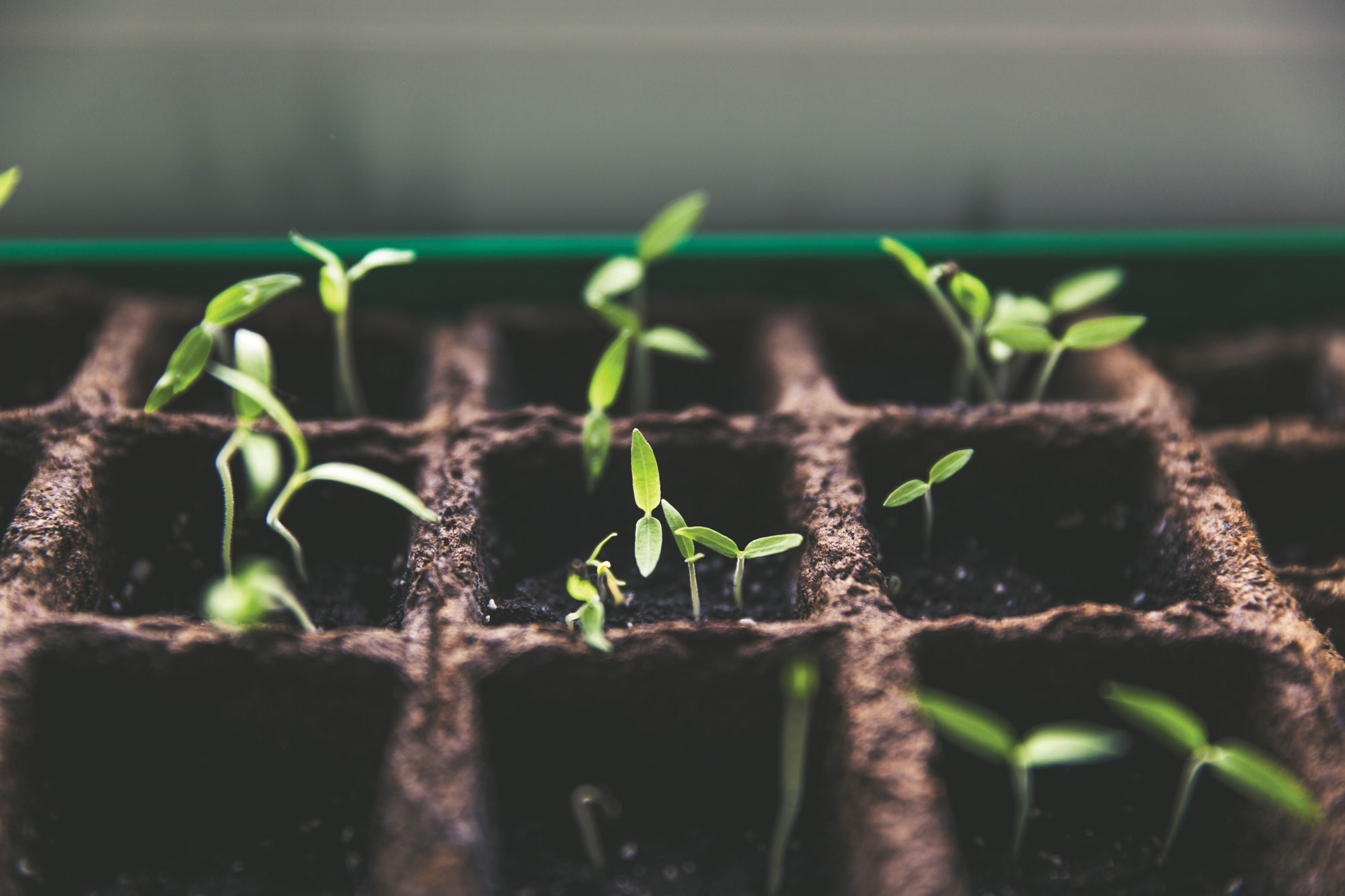
Photo: Markus Spiske
During the pilot phase, they’ll convert a block of 28 low-income homes into a model of urban sustainability, with the goal of reaching net zero carbon emissions. Applying a block-scale approach to retrofitting homes for maximal water and energy conservation, they hope to build an affordable blueprint that can be replicated across California and help reduce greenhouse gases that contribute to global warming. Residents, for their part, will enjoy dramatically reduced energy bills.
“Citizen, community, and business engagement — indeed excitement over the steps and objectives — is vital to the sustainable energy and sustainable society process,” says Kammen, Class of 1935 Distinguished Chair in Energy.
In addition to standard energy upgrades, homes will share an integrated system that includes a solar-power microgrid with energy storage, charging stations for electric cars, grey-water recycling and rainwater capture, new trees to improve the microclimate, and — like their 1930s counterparts — shared organic gardens.




